Finding an unexpected lump under your dog's skin can send any pet owner into panic mode. Your mind immediately races to worst-case scenarios, but the reality is that most lumps and bumps on dogs are completely harmless. Understanding what different types of skin lumps look like, when they require attention, and how veterinarians diagnose them can help you respond appropriately and give you peace of mind.
This comprehensive guide covers everything you need to know about sudden lumps that appear on your dog's body, from the most common causes to treatment options and warning signs that warrant immediate veterinary attention.
Understanding Your Dog's Skin and Common Lumps
Your dog's skin is their largest organ and acts as a protective barrier against the outside world. Just like humans, dogs can develop various types of skin bumps and lumps throughout their lives. These growths can appear anywhere on the dog's body, from the head and neck to the legs and torso.
Most lumps found on dogs fall into several categories: cysts, lipomas (fatty tumours), skin tags, infections, and occasionally more serious conditions like mast cell tumours or other forms of skin cancer. The key is learning to identify which lumps require immediate attention and which ones can be monitored over time.
Common Causes When Your Dog Suddenly Develops Skin Lumps
Fatty Lumps and Benign Tumours
Fatty lumps, medically known as lipomas, are among the most commonly found growths in dogs. These soft, moveable masses consist entirely of fat cells and typically develop in older dogs, though they can occur in middle aged pets as well. Lipomas are generally slow growing and feel soft to the touch, distinguishing them from firmer growths.
These benign tumours most often appear on the chest, abdomen, and legs, though they can develop anywhere on the dog's body. While fatty tumours are non cancerous, larger ones may require surgical removal if they interfere with your dog's movement or quality of life.
Sebaceous Cysts and Blocked Hair Follicles
Sebaceous cysts develop when a hair follicle or blocked oil gland becomes clogged with keratin, a protein found in skin and hair. These cysts often contain a pasty substance and may rupture on their own, sometimes leading to a minor infection that will require antibiotic treatment.
Young dogs and certain breeds are more prone to developing sebaceous cysts, which typically appear as small, round bumps under the skin. Most of these cysts are harmless, though infected ones may need veterinary intervention.
Enlarged Lymph Nodes
Lymph nodes are part of your dog's immune system and can become swollen in response to infection, inflammation, or more serious conditions. You can commonly find enlarged lymph nodes under the jaw, in front of the shoulders, and in the groin area.
When lymph nodes swell suddenly, it often indicates that your dog's body is fighting off an infection. However, persistently enlarged lymph nodes warrant further investigation to rule out more serious underlying conditions.
Insect Bites and Allergic Reactions
Sometimes what appears to be a sudden lump is actually your dog's reaction to an insect bite or allergic reaction. These bumps typically appear quickly and may be accompanied by itching, redness, or swelling of the surrounding tissues.
Most insect bite reactions resolve on their own within a few days, though severe allergic reactions may require immediate veterinary attention.
Identifying Cancerous Lumps vs Non-Cancerous Growths
Mast Cell Tumours
Mast cell tumours are one of the most common forms of skin cancer in dogs, particularly affecting middle aged and older dogs. These growths can vary dramatically in appearance, from small, benign-looking bumps to large, ulcerated lumps.
What makes mast cell tumours particularly concerning is their unpredictable behaviour. Some remain small and cause no problems, while others can spread rapidly to other parts of the body. Any irregularly shaped or rapidly changing lump should be evaluated promptly.
Soft Tissue Sarcomas
Soft tissue sarcomas affect the connective tissue and underlying soft tissue beneath the skin. These firm lumps tend to be well-defined and slow growing, but they can become quite large if left untreated.
While many soft tissue sarcomas don't spread to other organs, they have a tendency to regrow locally if not completely removed during surgical removal.
Squamous Cell Carcinomas
Squamous cell carcinomas often develop in areas with less hair coverage, such as the nail beds, nose, or ear tips. These growths may appear as small bumps initially but can become ulcerated and infected over time.
Female dogs and dogs with light-coloured skin are at higher risk for developing squamous cell carcinomas, particularly in sun-exposed areas.
When to Contact Your Vet About Your Dog's Lump
Knowing when a lump requires professional evaluation can help ensure your dog receives appropriate care without unnecessary anxiety. You should contact your vet if you notice any of the following:
Immediate veterinary attention needed:
-
Rapidly growing lumps that change size within days or weeks
-
Ulcerated lumps that bleed or ooze
-
Lumps that cause pain when touched
-
Multiple new lumps appearing simultaneously
-
Any lump that interferes with your dog's eating, breathing, or movement
Schedule a routine appointment for:
-
Slow growing bumps that remain unchanged for weeks
-
Small, soft lumps that move freely under the skin
-
Skin tags that don't cause discomfort
-
Any new lump you want professionally evaluated
Remember, most lumps on dogs are benign, but having any new growth examined during a physical examination gives you peace of mind and establishes a baseline for monitoring changes.
Diagnostic Procedures: Fine Needle Aspiration and Beyond
When you bring your dog to the veterinary clinic, the vet will typically start with a thorough physical examination, palpating the lump and checking for other lumps and bumps throughout the body.
Fine Needle Aspiration Process
Fine needle aspiration is often the first diagnostic step for evaluating a dog's lump. This minimally invasive procedure involves inserting a small needle into the growth to extract a sample of cells for microscopic examination.
The fine needle aspirate provides valuable information about the cellular makeup of the lump, helping distinguish between fat tissue, inflammatory cells, or potentially cancerous cells. Most dogs tolerate this procedure well with minimal restraint.
When Further Tests Are Needed
If the fine needle aspiration results are inconclusive or suggest a more serious condition, your vet may recommend additional testing:
-
Biopsy: A small tissue sample is surgically removed for more detailed analysis
-
Imaging: X-rays or ultrasound to evaluate underlying structures or check for spread
-
Blood work: To assess overall health before treatment
Treatment Options for Different Types of Dog Skin Lumps
Surgical Removal
Surgical removal remains the gold standard treatment for many types of lumps, particularly those that are growing, causing discomfort, or have malignant potential. The extent of surgery depends on the type and location of the growth.
For benign tumours like lipomas, simple excision is usually sufficient. However, mast cell tumours and other potentially malignant growths require wider surgical margins to ensure complete removal and prevent regrowth.
Medical Management
Some conditions require antibiotic treatment, particularly infected cysts or lumps complicated by bacterial infections. Antibiotics help clear the infection and reduce inflammation in the surrounding tissues.
For certain types of cancerous lumps, additional treatments may be necessary:
Radiation Therapy: Used for tumours that cannot be completely surgically removed or in areas where wide surgical margins aren't feasible.
Radiation Treatment: May be recommended as an adjunct to surgery for certain aggressive tumour types.
Monitoring Approach
Not every lump requires immediate treatment. Many fatty lumps and other benign growths can be safely monitored with regular check-ups, provided they remain stable in size and appearance.
Your vet will establish a treatment plan that may include periodic re-examinations to ensure the lump remains unchanged. This approach is particularly common with lipomas in older dogs where surgical risk outweighs the benefit.
Prevention and Ongoing Care
While you cannot prevent all lumps from developing, regular grooming and petting sessions help you become familiar with your dog's normal body contours, making it easier to detect new lumps early.
Maintain routine veterinary care and don't hesitate to have your lump checked if you notice any changes. Early detection and appropriate treatment provide the best outcomes for dogs with skin lumps, whether benign or malignant.
Taking Action for Your Dog's Health
Discovering a sudden lump under your dog's skin understandably causes concern, but remember that most skin bumps are harmless. The key lies in prompt evaluation by a veterinary professional who can determine whether the growth requires treatment or simply monitoring.
Stay observant of any changes in existing lumps and continue regular health checks at home. When in doubt, schedule an appointment with your vet. Early intervention, when necessary, provides the best possible outcome for your beloved companion.
Your vigilance as a pet owner, combined with professional veterinary care, ensures that your dog receives appropriate treatment for any skin condition that may arise throughout their life.
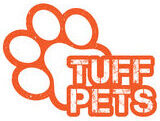
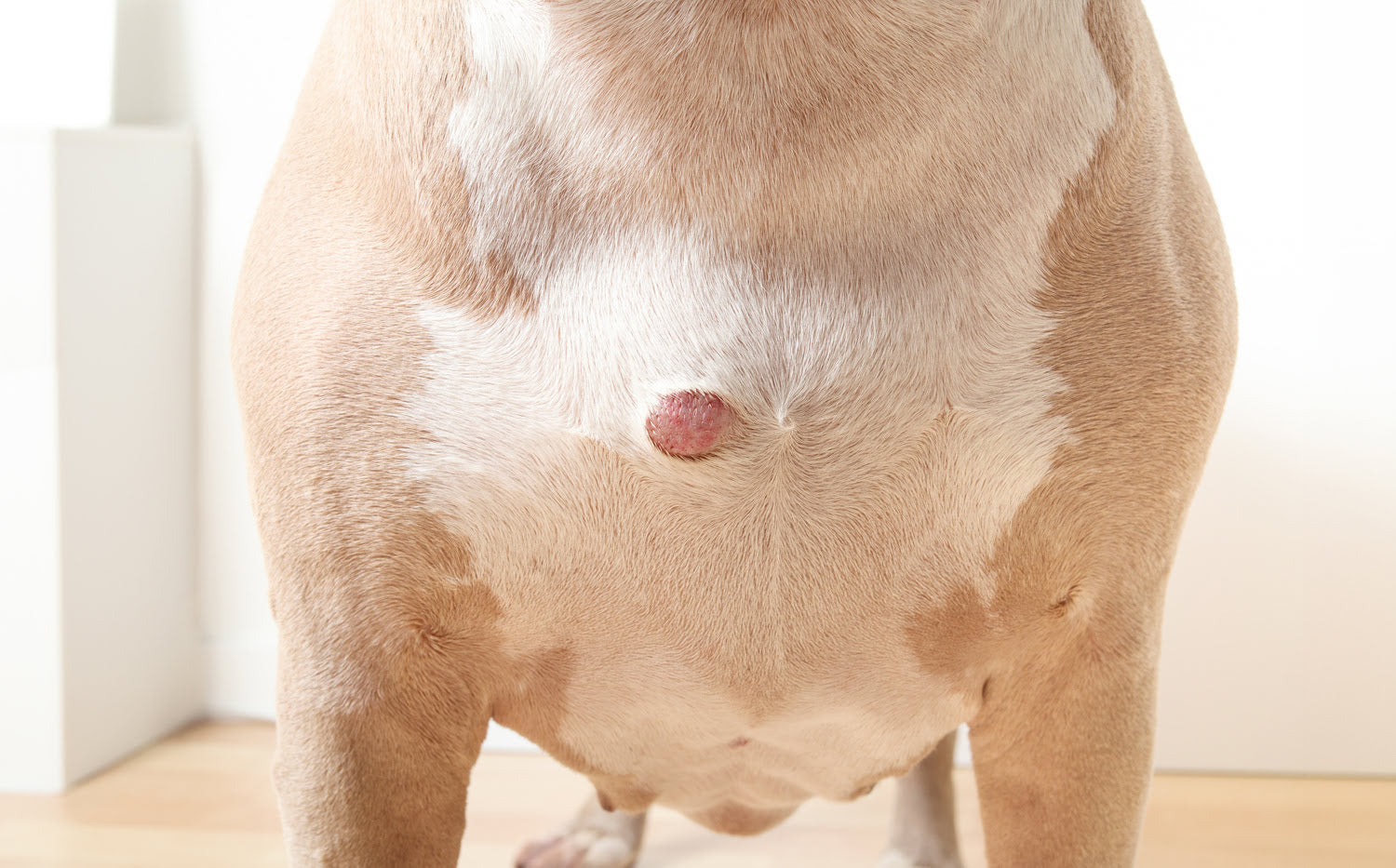
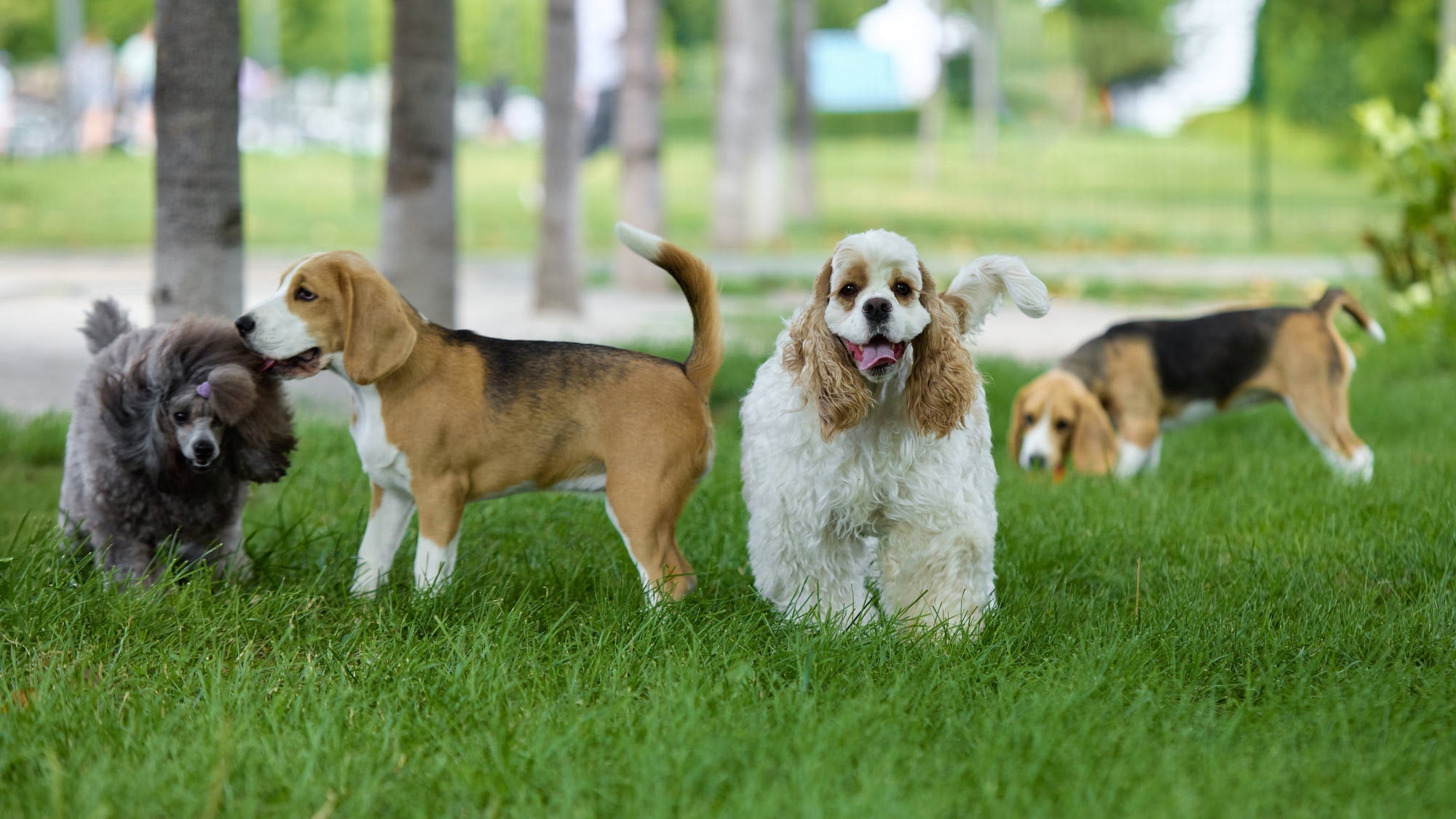
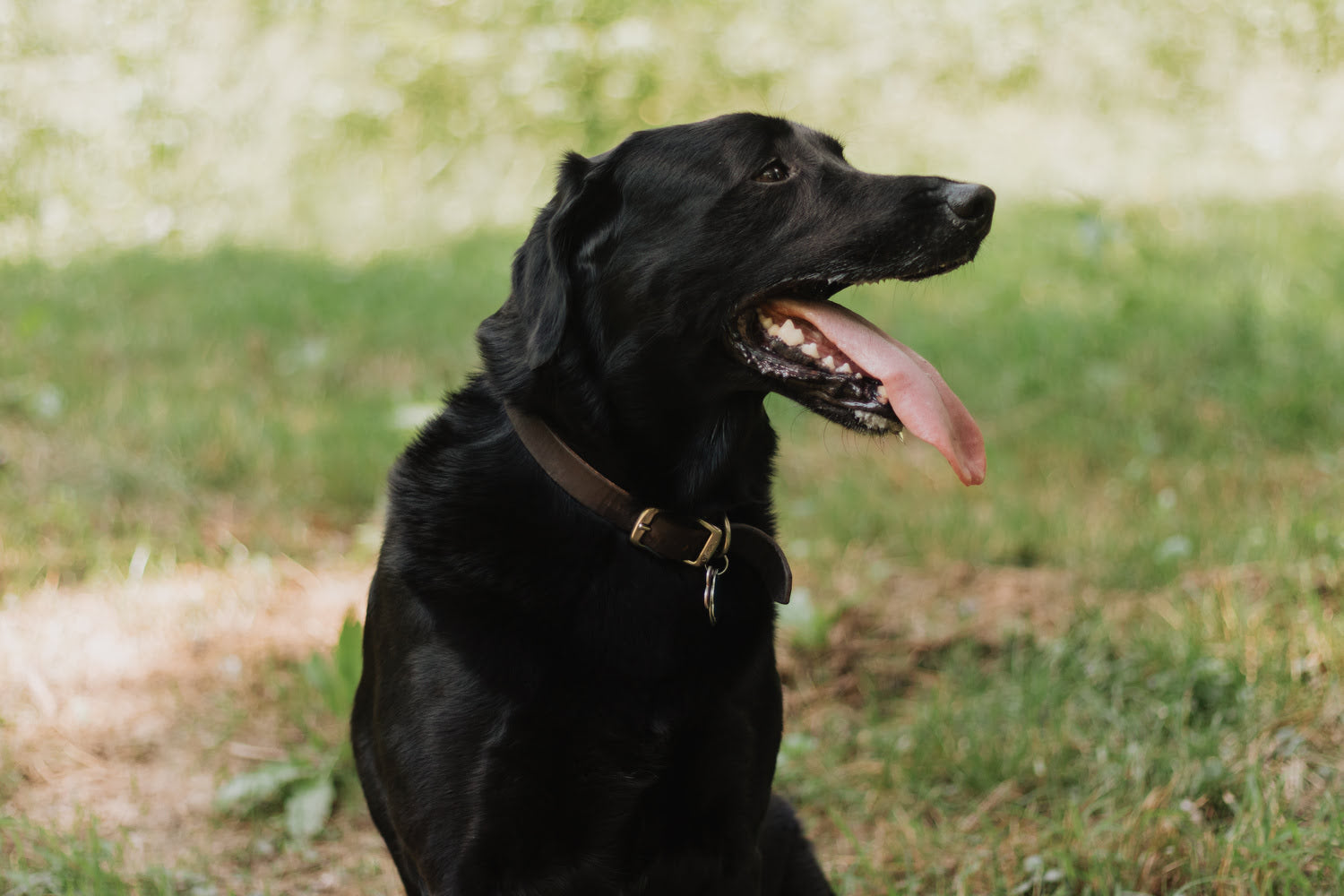


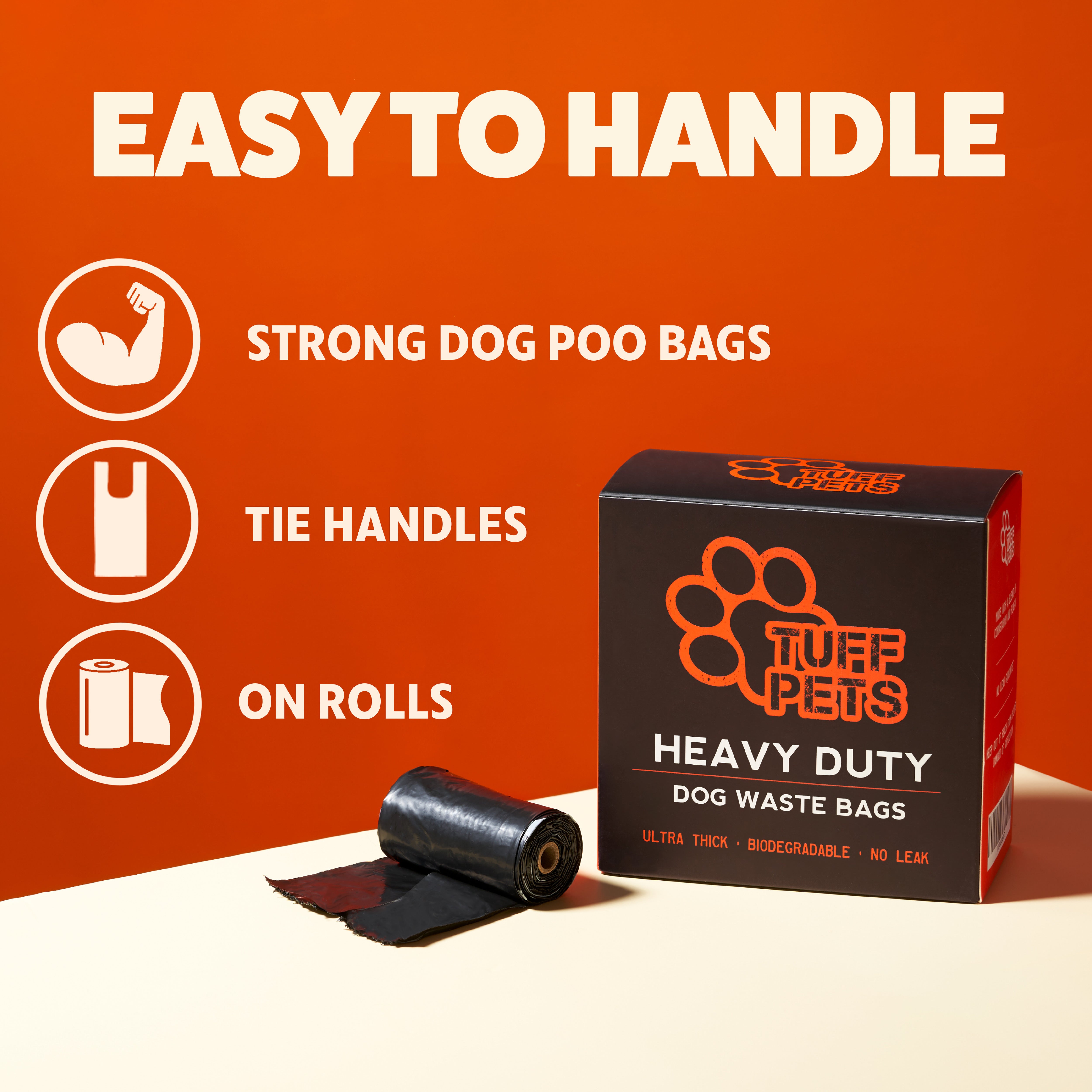

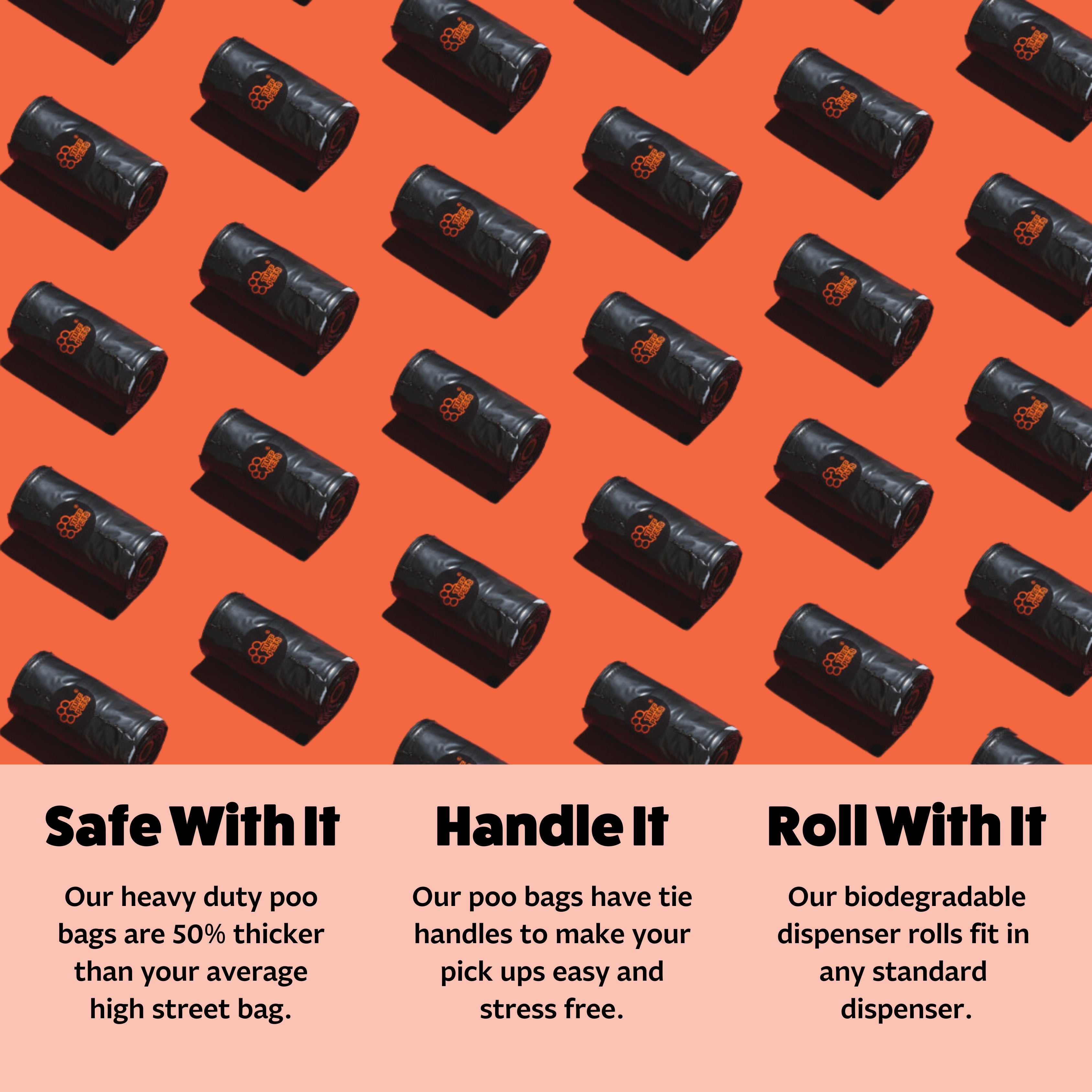



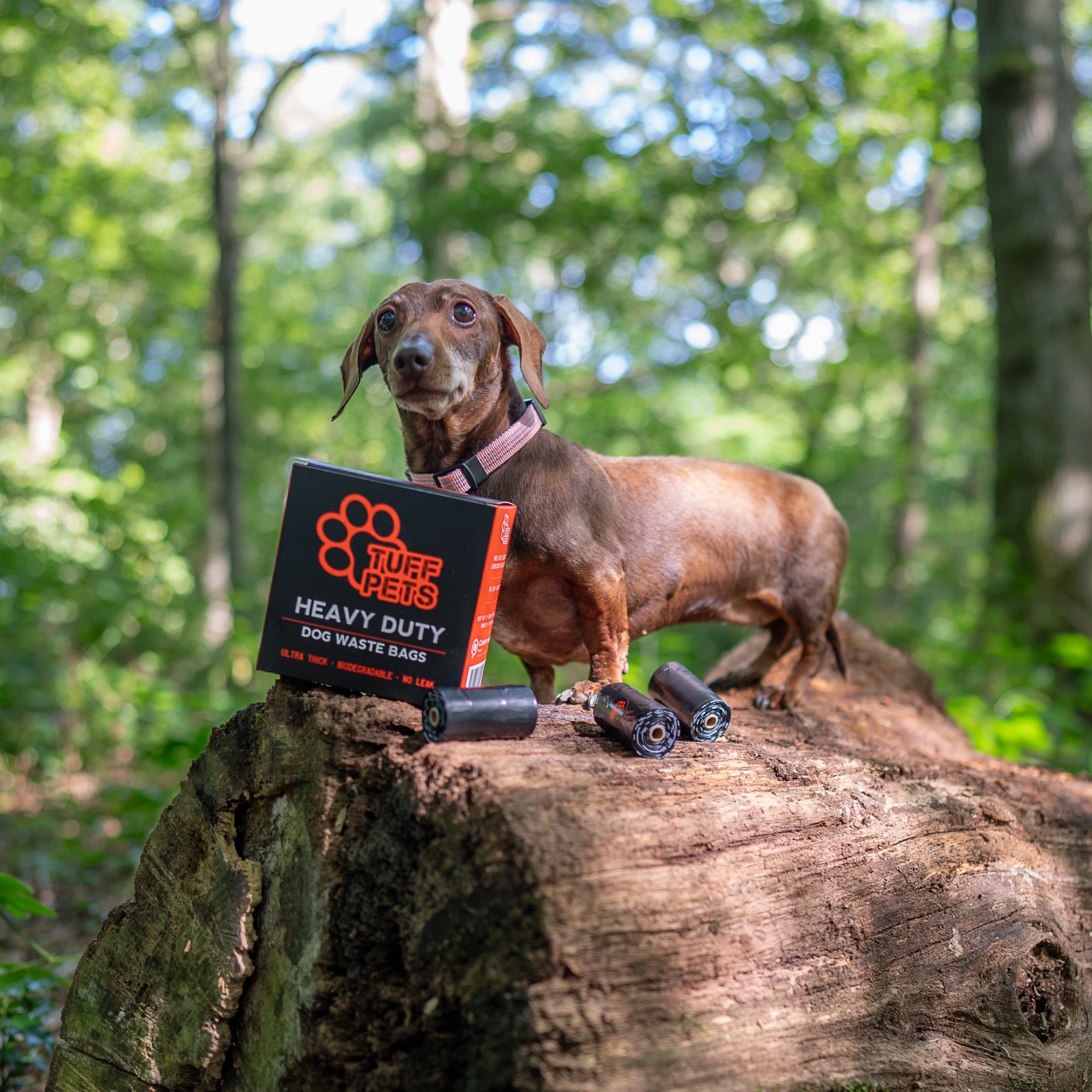




Share:
Gastric Dilatation Volvulus: A Dog Owner's Guide to Bloat
Do Dogs Sweat? How Your Canine Companion Stays Cool